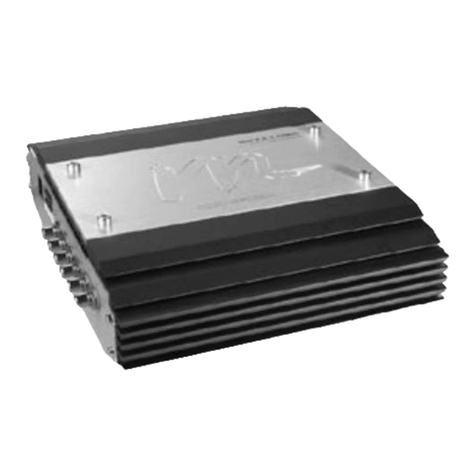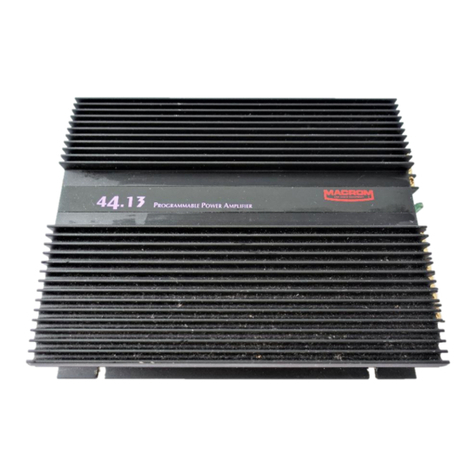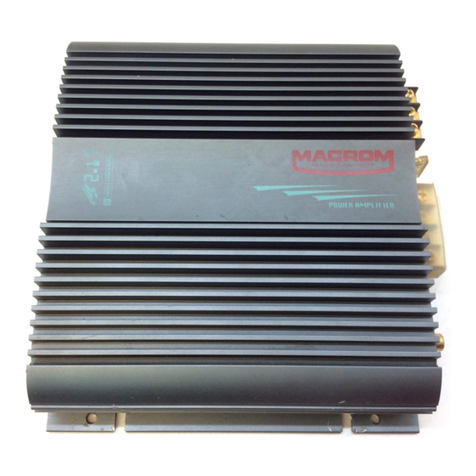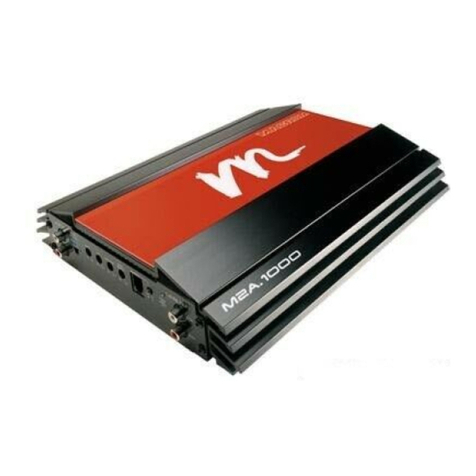Macrom 44.13 User manual
Other Macrom Amplifier manuals
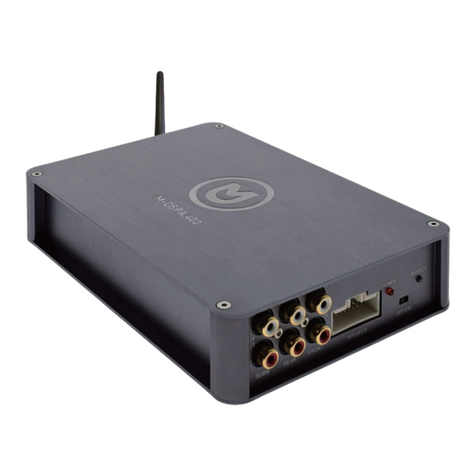
Macrom
Macrom M-DSPA.402 User manual
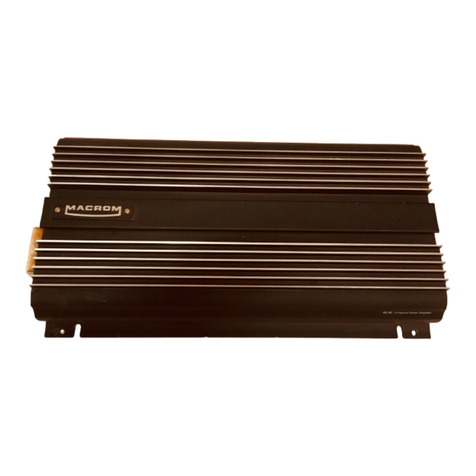
Macrom
Macrom 44.50 User manual
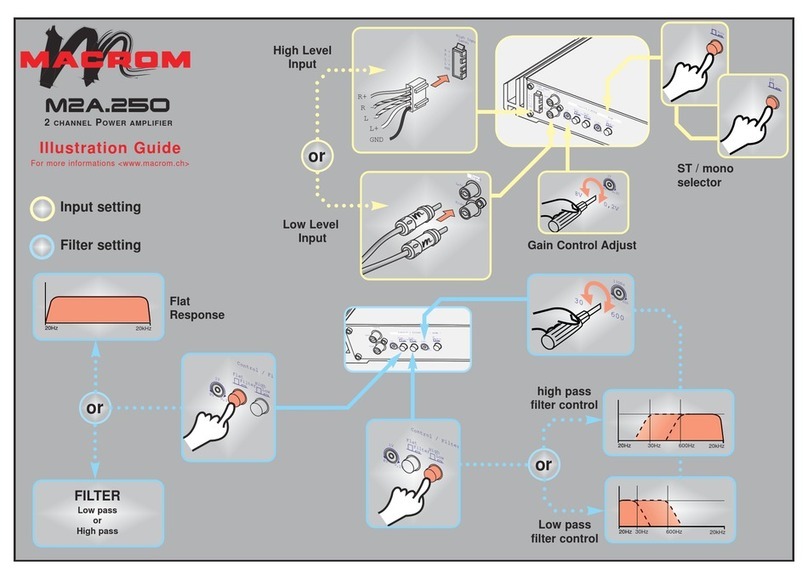
Macrom
Macrom M2A.250 User manual
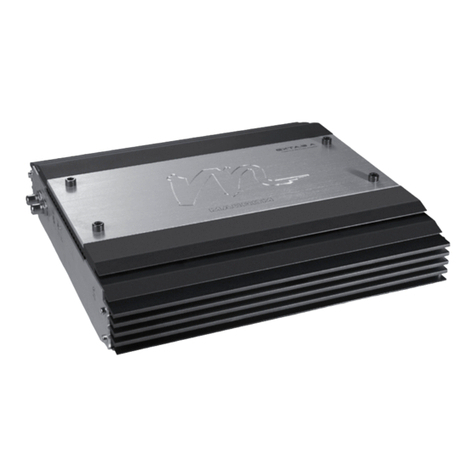
Macrom
Macrom EXT.A2PS User manual
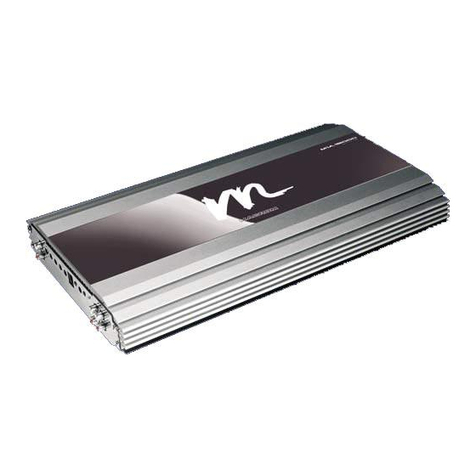
Macrom
Macrom M1A.1500D User manual
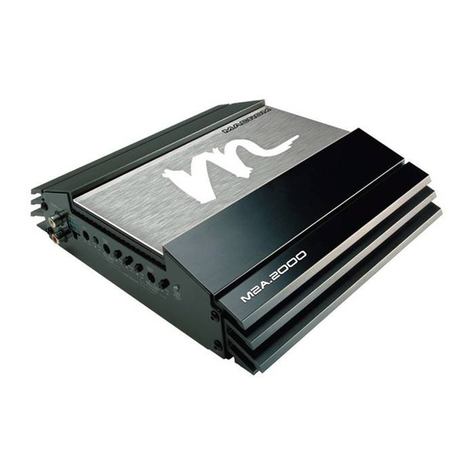
Macrom
Macrom M2A.2000 User manual
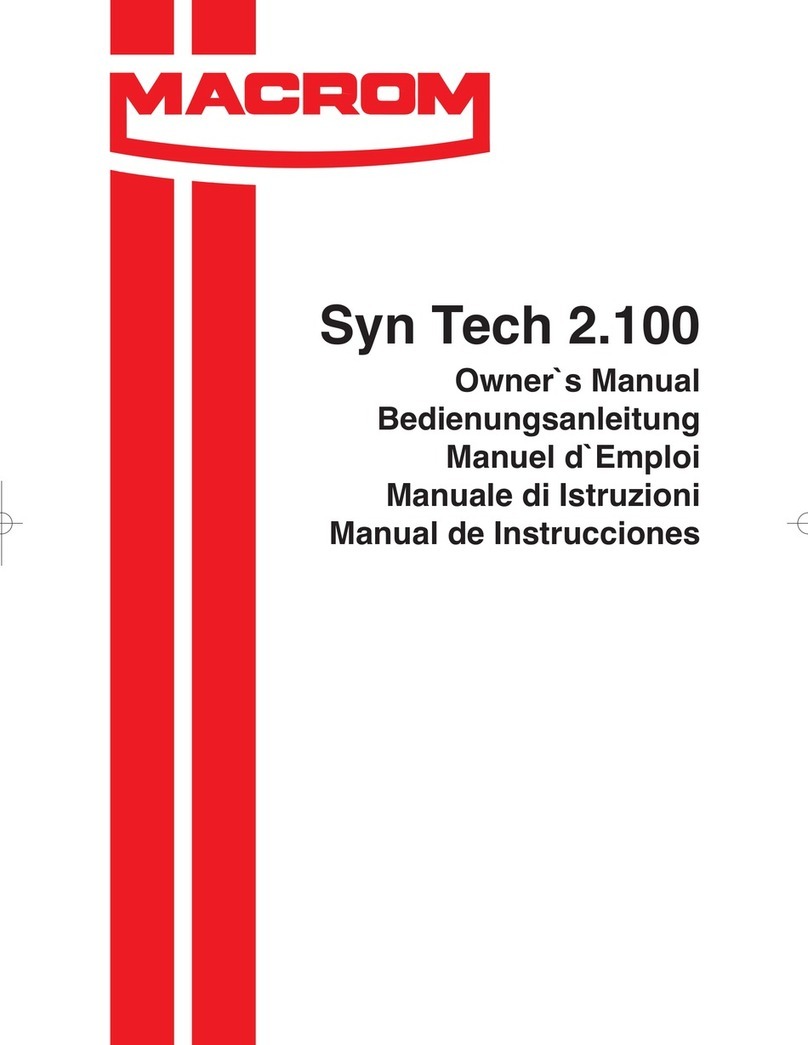
Macrom
Macrom Syn Tech 2.100 User manual
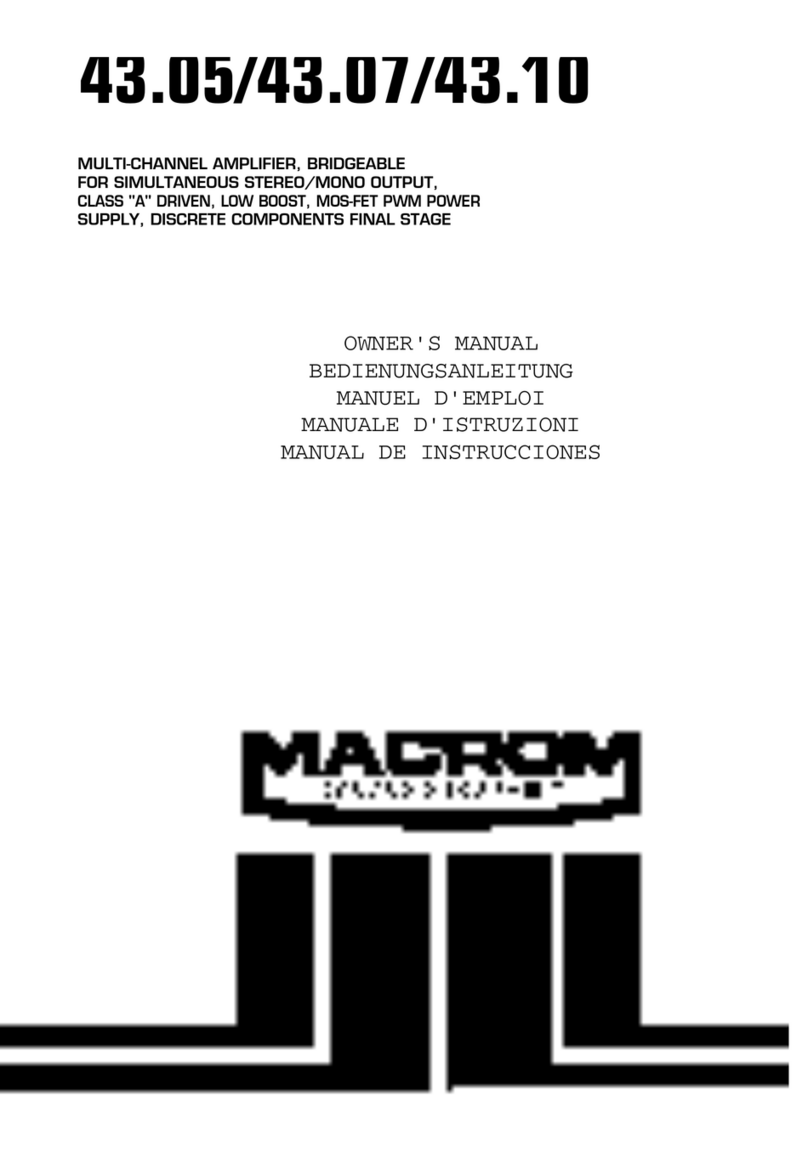
Macrom
Macrom 43.10 User manual
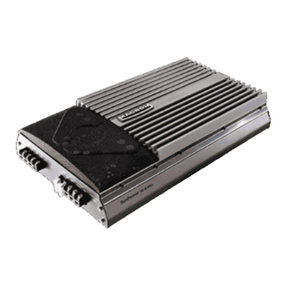
Macrom
Macrom Syn Tech 2.100x User manual
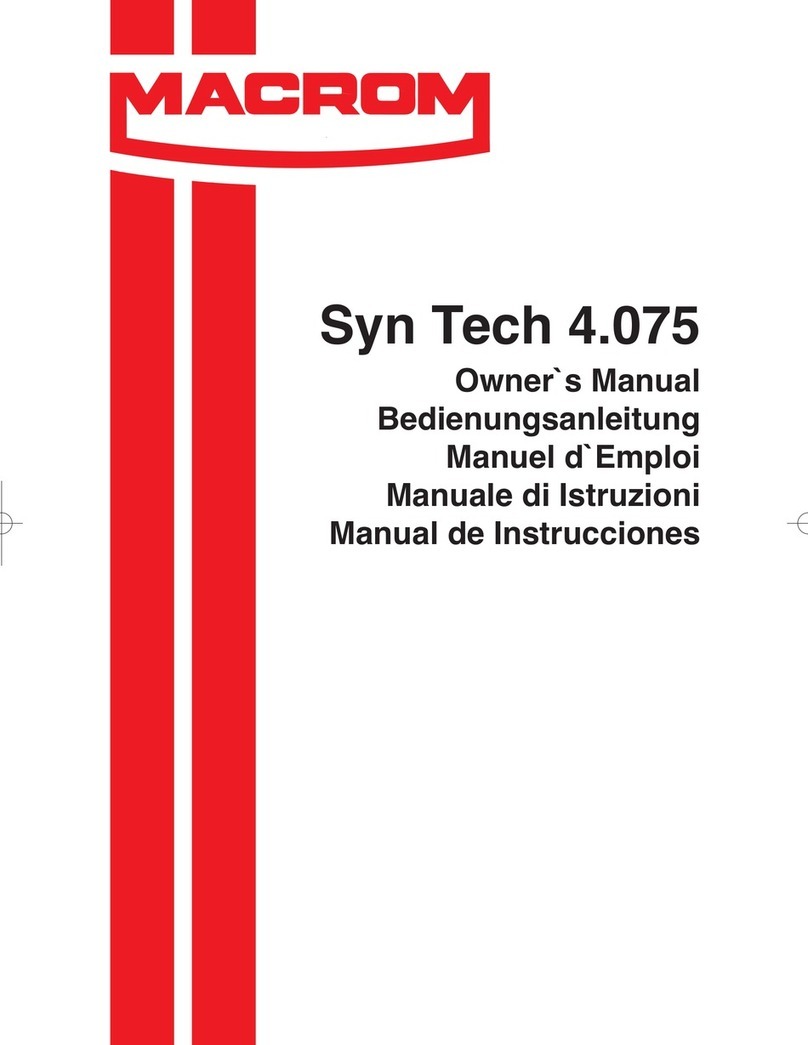
Macrom
Macrom Syn Tech 4.075 User manual
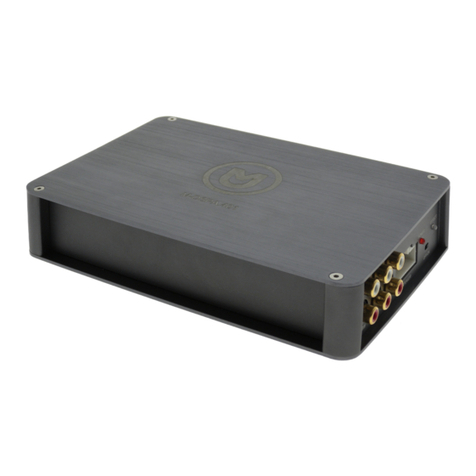
Macrom
Macrom M-DSPA.401 User manual
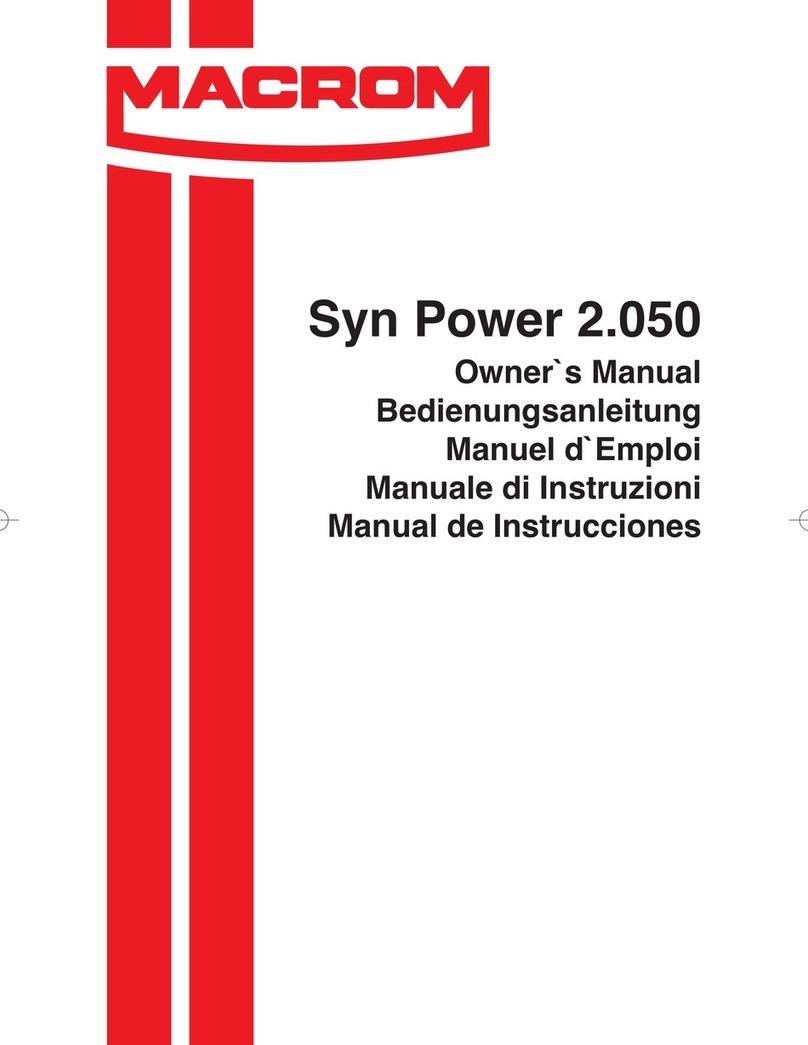
Macrom
Macrom Syn Power 2.050 User manual
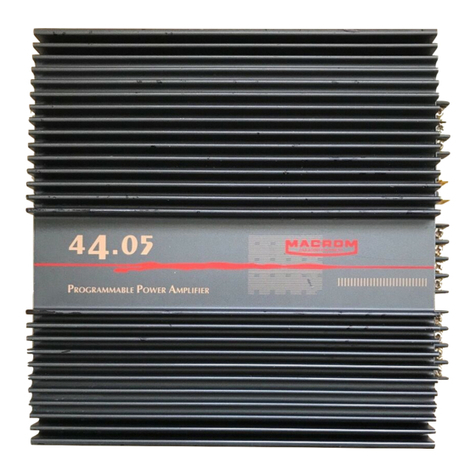
Macrom
Macrom 44.07 User manual
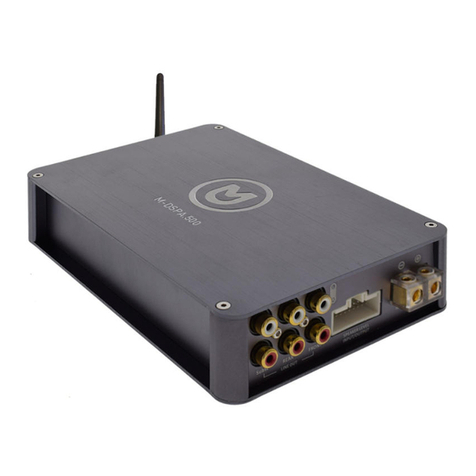
Macrom
Macrom M-DSPA.500 User manual
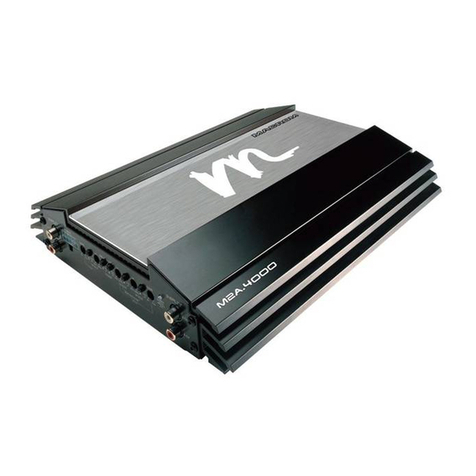
Macrom
Macrom M2A.4000 User manual

Macrom
Macrom 44.13 User manual
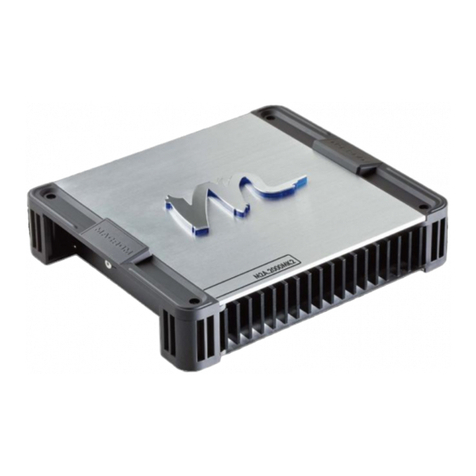
Macrom
Macrom M2A.2000MK2 User manual
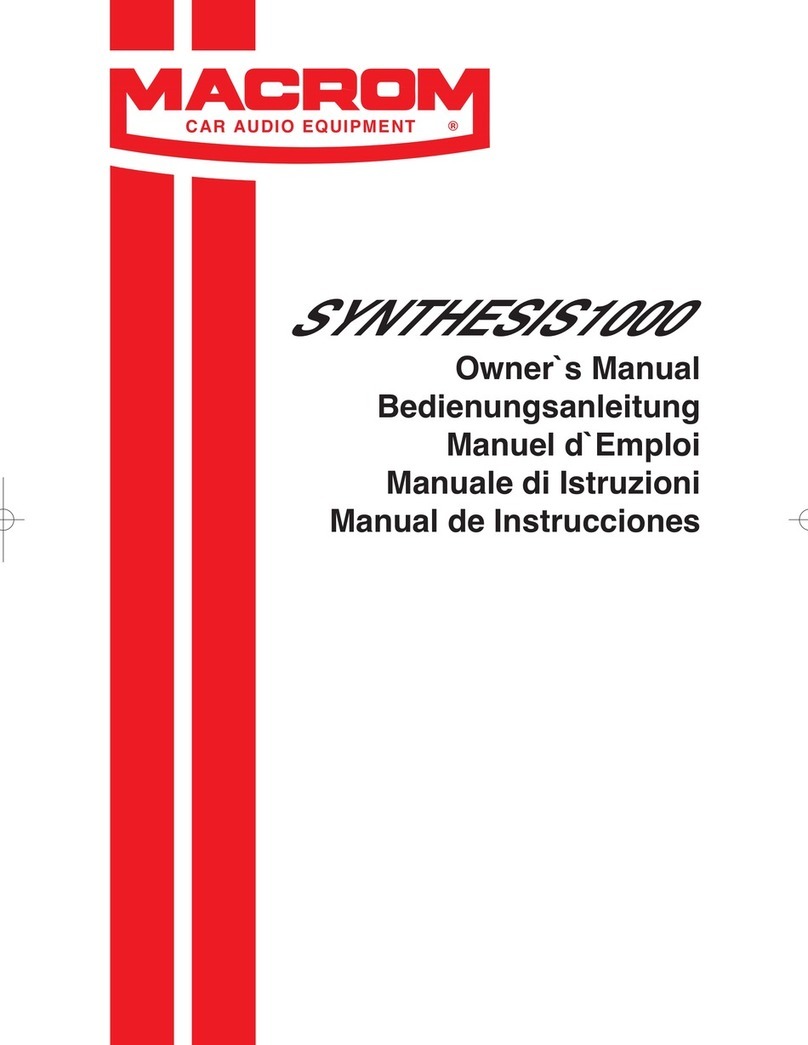
Macrom
Macrom 1000 User manual

Macrom
Macrom M1A.4150 User manual

Macrom
Macrom M1A.2250 User manual
